Laphroaig 10 vs Quarter Cask Whisky
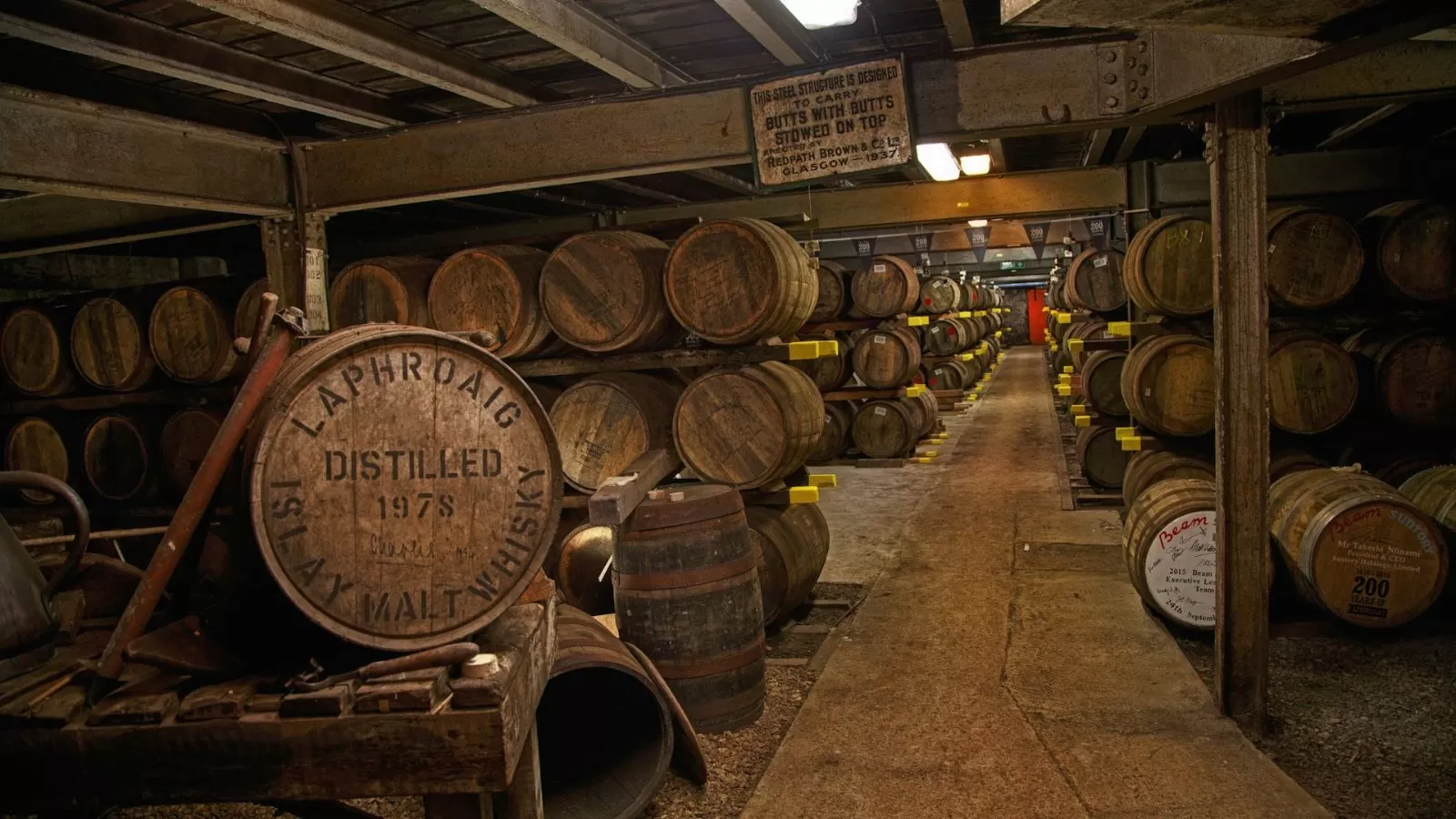
Embarking on an Islay adventure, I delve into the exquisite realm of Laphroaig with a head-to-head comparison of the renowned Laphroaig 10 vs Quarter Cask single malt Scotch whiskies.
A combination of side by side whisky / bourbon / whiskey comparison blog posts. A look at all the most popular whiskies and how they rate next to their rivals. From bourbons and Scottish whisky to blends and single malts. A broad collection of comparisons I have tried.

Embarking on an Islay adventure, I delve into the exquisite realm of Laphroaig with a head-to-head comparison of the renowned Laphroaig 10 vs Quarter Cask single malt Scotch whiskies.
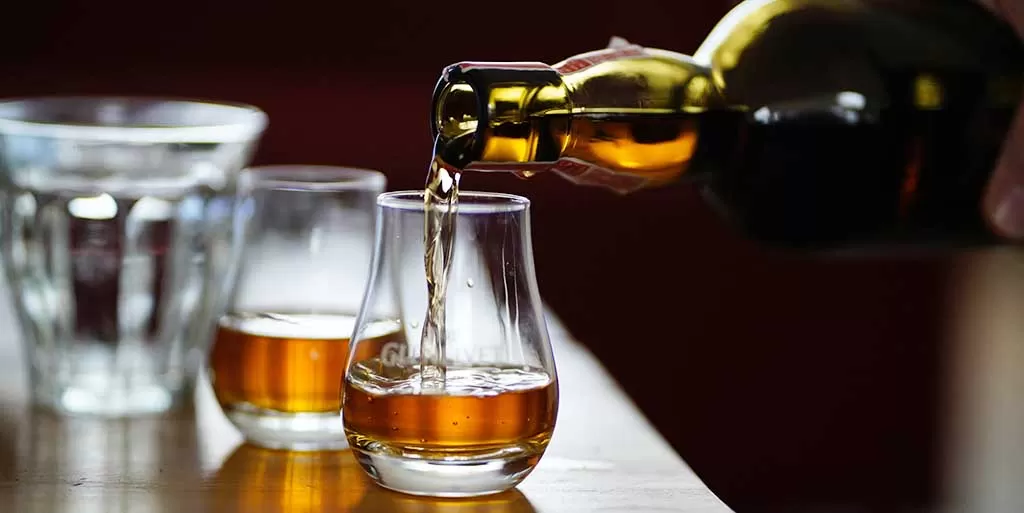
Today I have a big battle, a courageous battle; the battle of the islands. A side by side comparison of the Ardbeg 10 vs Talisker 10 year oldsingle malt Scotch whisky. Nestled amidst the rugged landscapes and salty sea breeze on the Isle of Skye, is a dram that has stolen my heart; the Talisker 10 year old whisky.
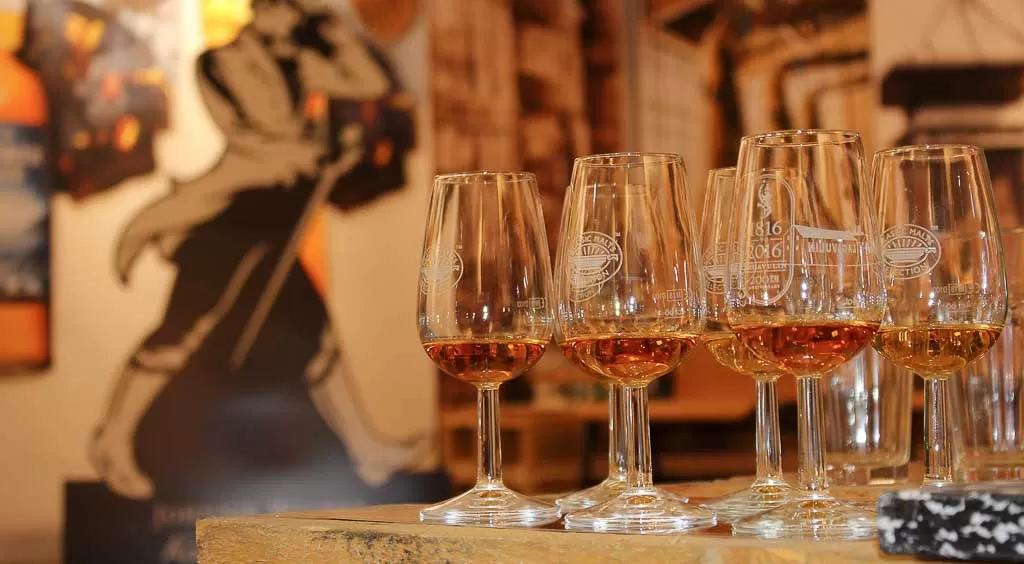
Today’s whisky exploration revolves around the intriguing duel of Johnnie Walker Green vs Blue Label whisky. Known worldwide as a beacon of whisky excellence, the Johnnie Walker brand spans a colourful spectrum from Red and Black to Green and Blue Label releases.
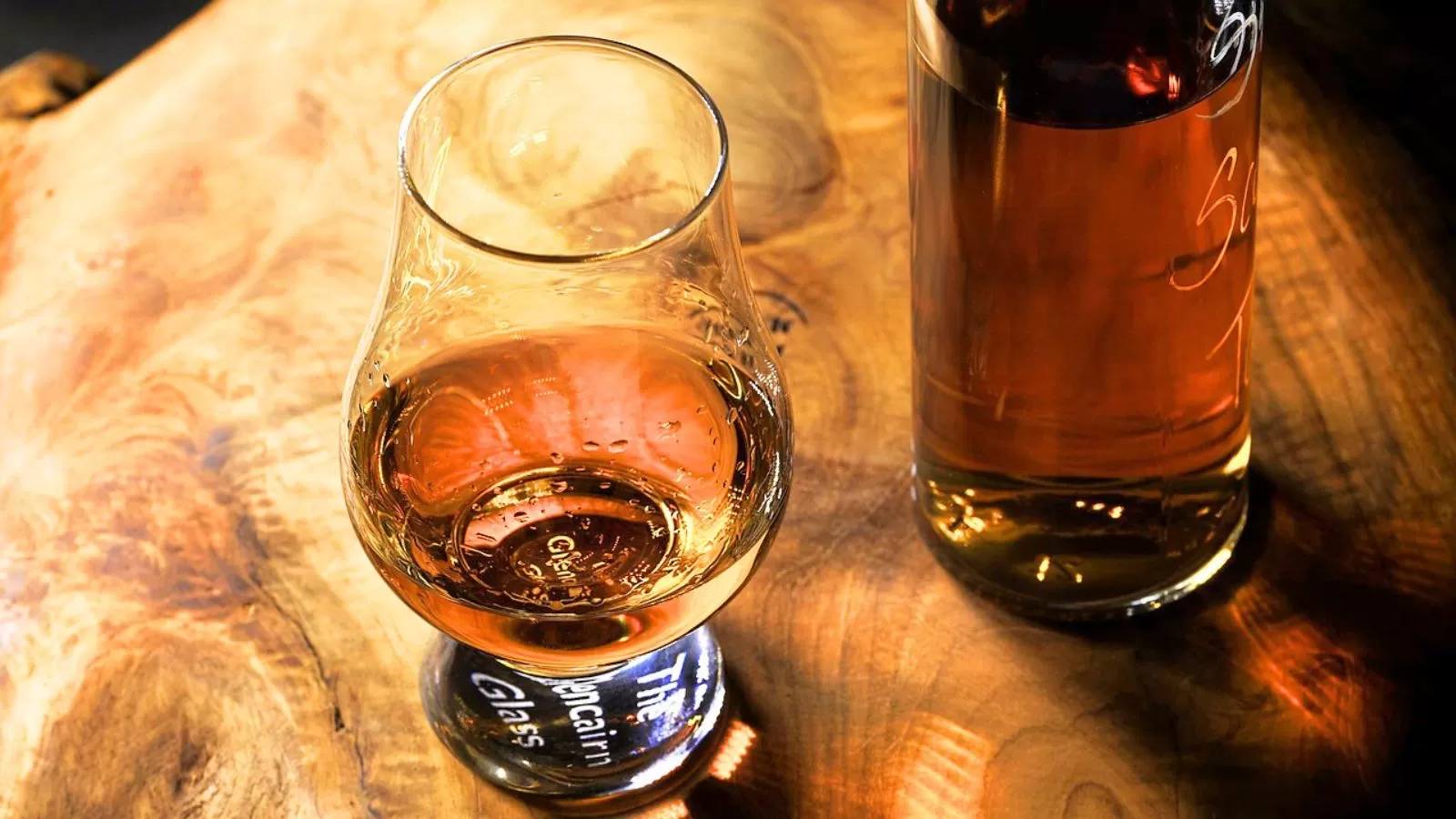
The GlenDronach 18 year old is one of the best sherry cask-aged drams I have tasted. As someone who enjoys whisky, this expression quickly secured a spot in my top 10 favourite drams. Intrigued by the prospect of even greater delights, I ventured into the GlenDronach 21 year old Scotch whisky realm, expecting an unparalleled sensory experience.
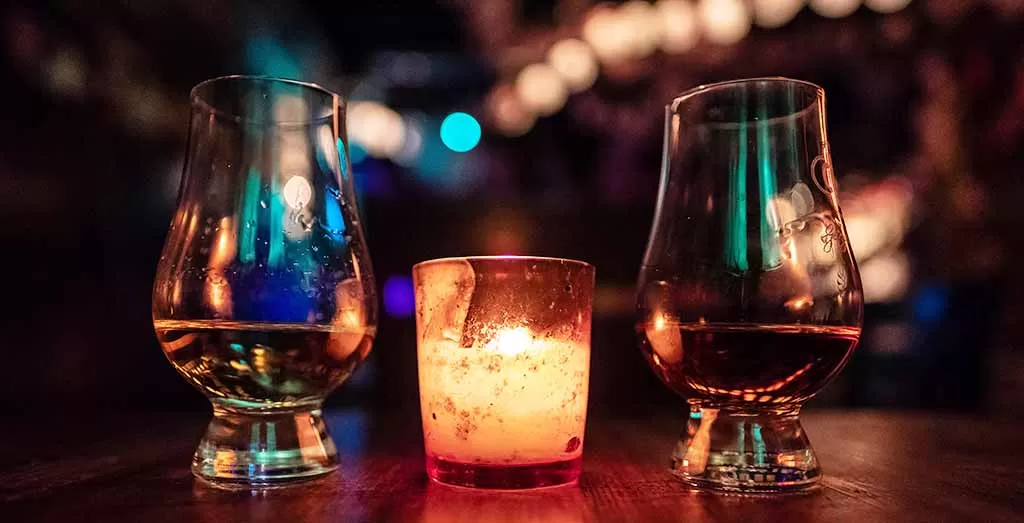
When it comes to the world of spirits, few names resonate as widely as Jameson and Johnnie Walker Black Label. In this article, I will delve into the realms of blended whisky versus Irish whiskey as I compare these two iconic brands: Jameson vs Johnnie Walker Black Label blended whisky. Let’s look: Is Jameson better than Johnnie Walker?
Read More »Jameson vs Johnnie Walker Black Label: Whisky Showdown
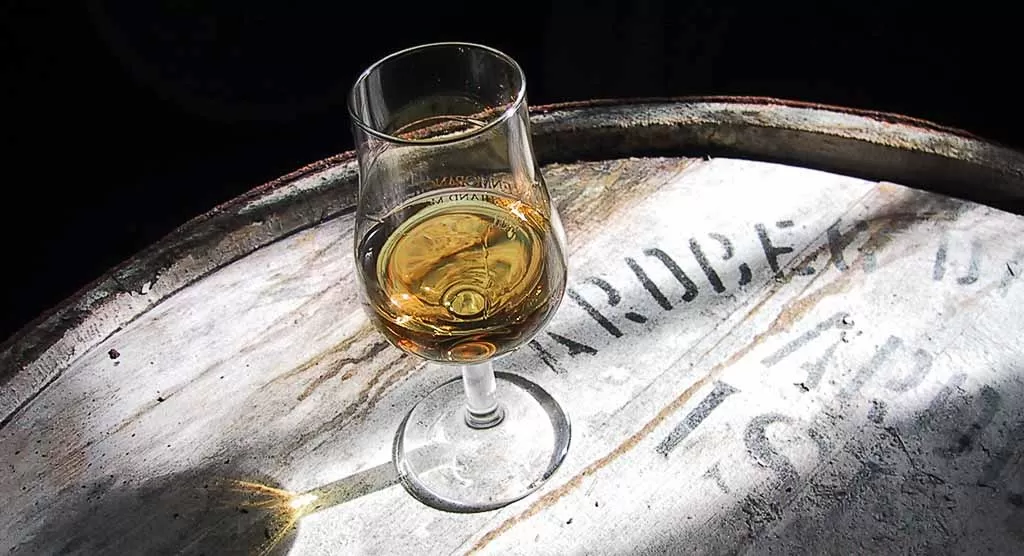
In the world of peaty whiskies, the battle of the Titans takes centre stage today as we delve into the intriguing matchup of theArdbeg Corryvreckan vs Uigeadail Islay single malt Scotch whisky. These two expressions from the renowned Ardbeg distillery are not for the faint of heart.